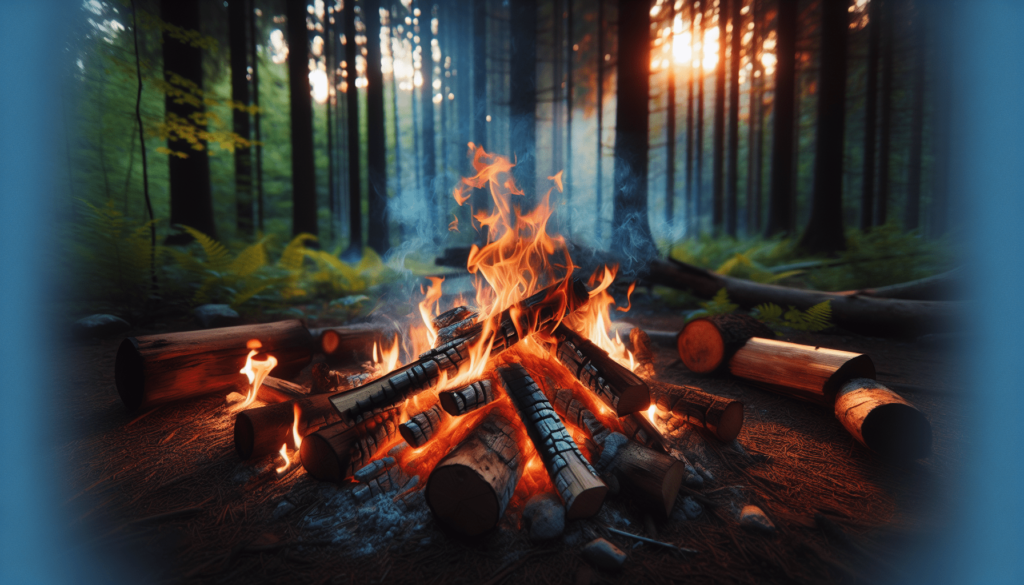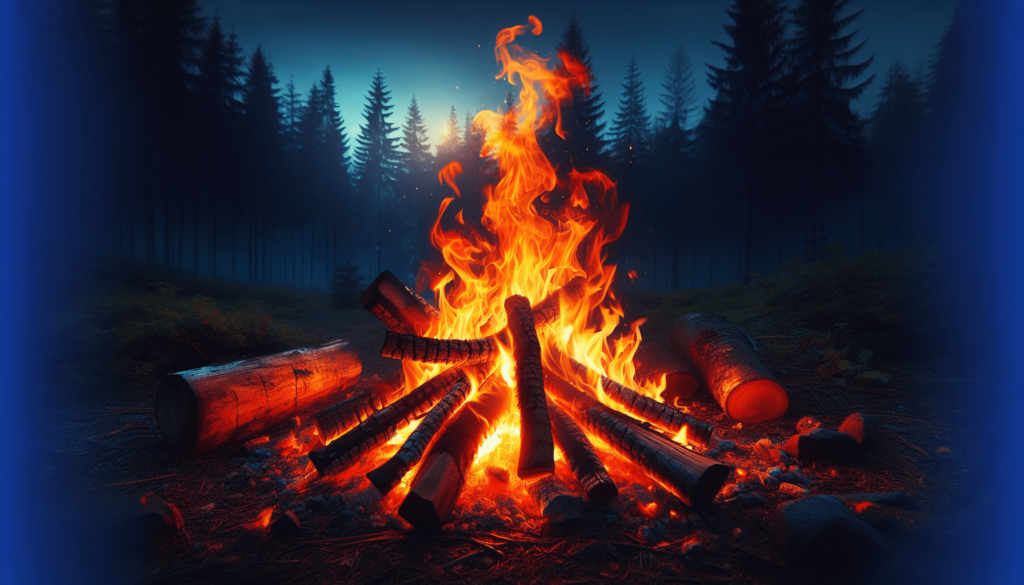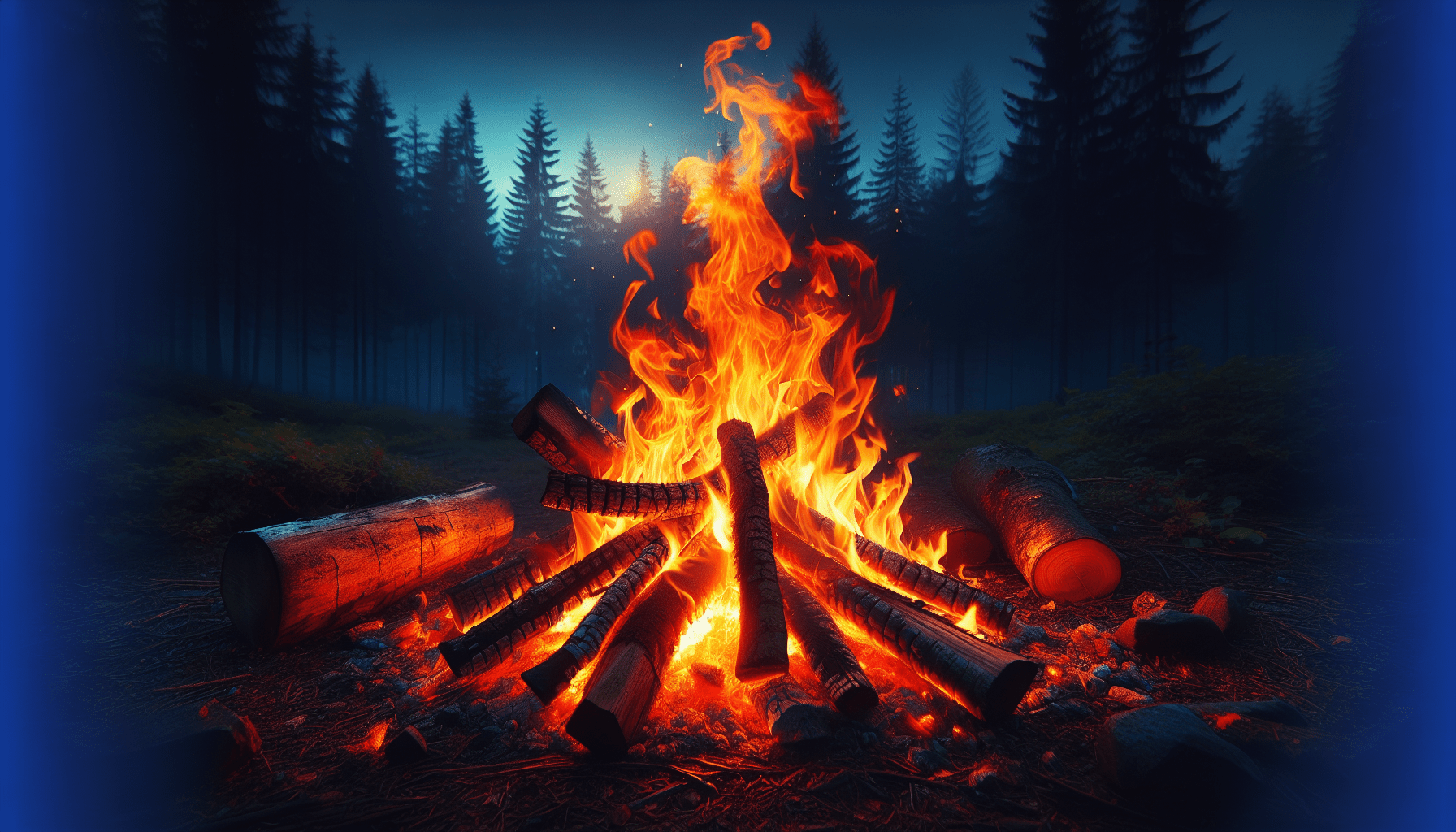Have you ever looked into a crackling fire and found yourself mesmerized by the dance of flames, only to wonder, “What exactly is happening when wood burns?” It’s one of those questions that seems simple but unfurls into a fascinating array of scientific principles and processes. Allow me to take you through the journey of understanding this intriguing phenomenon, one that transforms everyday wood into heat, light, and occasionally a sense of metaphorical warmth.

Understanding Combustion: The Basics
The process of burning wood is technically known as combustion. Combustion is a chemical reaction typically involving oxygen and a fuel source— in this case, wood. When wood undergoes combustion, it releases energy, primarily in the form of heat and light. While the outcome appears straightforward, the underlying chemistry involves several stages and complex interactions.
The Three Essential Components
Before we go any further, let’s talk about the three essential components required for combustion, often depicted as the “fire triangle”—fuel, heat, and oxygen.
- Fuel: In our scenario, the wood serves as the primary fuel.
- Heat: It originates from an external source, like a match or another flame, to get things started.
- Oxygen: This component is sourced from the air around us and becomes crucial in sustaining the fire.
These three elements must be present in the right proportions to set off and sustain a fire.
The Science Behind Combustion
Alright, so we’ve got wood, heat, and oxygen. But what actually happens when they come together? While it may seem magical, it’s all about science.
Ignition: The Kick-off
The first phase of combustion is ignition. Before the wood can catch fire, it needs to reach a specific temperature known as the ignition point. For wood, that temperature is around 300°C (572°F). Once it meets this threshold, the heat breaks down the chemical bonds within the wood, releasing volatile gases that are more readily ignited than the solid wood itself.
Pyrolysis: Breaking it Down
When wood begins to burn, it undergoes pyrolysis, which is a process where heat causes the wood to decompose chemically. This happens even before the flames visibly appear. Pyrolysis breaks down large, complex woody molecules into simpler, more volatile gases. These gases are what truly enter into combustion with the air’s oxygen to produce energy and flames.
Flaming Combustion: The Dance of Flames
Once pyrolysis has done its part, we witness flaming combustion. This is the stage when those gases, now freed and mixed with oxygen, ignite visibly. The dancing flames you see are essentially these gases reacting with oxygen to release energy in the form of light and more heat.
Smoldering: The Slow Burn
After the active flames subside, the fire can transition to a smoldering phase. In this stage, the carbon in the remaining charcoal continues to oxidize at a slower rate without visible flames. Smoldering happens at a lower temperature but can persist over a longer period, providing additional heat.
The Byproducts of Combustion
When we burn wood, it doesn’t just disappear into thin air. While a good bit of it turns into energy, there are notable byproducts.
Ash: What’s Left Behind
After a successful combustion process, you’re left with a fluffy gray substance—ash. Ash is what remains of the mineral components present in wood. And yes, it does have practical uses, from garden fertilizers to soil pH balancers. But that’s a story for another time.
Smoke: In the Air
Smoke is another byproduct that we can’t ignore. Composed of gases, water vapor, and fine particles, smoke is both a signature and a nuisance of burning wood. If you’ve ever tried to enjoy a bonfire only to be plagued by eye-watering fumes, you’re no stranger to the power of smoke.
Carbon Dioxide and Water Vapor
At its core, the combustion of wood primarily results in carbon dioxide and water vapor. These invisible gases make up the bulk of what is released into the atmosphere.
Factors Affecting Combustion
Now, you might wonder, does all wood burn the same? Not at all. Several factors come into play that can significantly affect how wood burns.
Moisture Content: To Burn or Not to Burn?
If you’ve ever tried to burn wet wood, you know how frustrating it can be. Wood moisture content plays a significant role in combustion efficiency. The drier the wood, the better it burns, producing more heat with less smoke and effort.
Wood Type: Hardwood vs. Softwood
Not all wood is created equal. Hardwoods like oak and hickory tend to burn longer and hotter compared to softwoods like pine and fir. This difference stems from factors like density and resin content.
Air Supply
The amount of air (or oxygen) reaching your burning wood can change everything. More air can lead to a hotter, more intense fire, while less air might lead to incomplete combustion and more smoke.

Environmental Impact of Burning Wood
While the warmth of a wood-burning fire is delightful, it’s essential to consider the environmental implications.
Carbon Emissions
Although wood is a renewable resource, burning it releases carbon dioxide—a greenhouse gas—into the atmosphere. Over time, these emissions contribute to climate change. However, sustainably managed woodlands can absorb similar levels of carbon through new growth, partially offsetting emissions.
Air Quality
In many places, wood smoke is a contributing factor to air pollution. The particulates in smoke can worsen respiratory conditions and degrade overall air quality.
Wood Burning Safety Considerations
Let’s not forget safety when we’re playing with fire, literally.
Fire Hazards
While the sheer joy of sitting by a bonfire or wood stove is unparalleled, every fire poses a risk. Ranging from uncontrolled spread to chimney fires and accidental burns, fire safety measures should always be in place.
Proper Ventilation
Ensuring proper ventilation when burning wood indoors is essential. Poor ventilation can lead to a buildup of indoor pollutants that pose health risks.
Efficiency and Alternatives
As we edge towards sustainable living, exploring efficient and alternative heating solutions is wise.
Improving Wood Stove Efficiency
Modern wood stoves and fireplaces are designed to improve combustion efficiency and minimize emissions. By using seasoned wood and proper kindling techniques, one can substantially improve efficiency.
Alternative Heating Solutions
Options like pellet stoves and electric heaters provide effective alternatives to traditional wood-burning stoves. They are cleaner, more efficient, and require less effort to operate.
Conclusion
As fascinating as wood combustion is, it’s more than just a tool for warmth. Understanding what goes into the burning process sheds light on not just chemistry and biology, but also environmental science and safety. So, the next time you find yourself in front of a cozy fire, you’ll know exactly what’s happening when wood burns. Who knew so much could go on behind the scenes of something as seemingly simple as a burning log?

